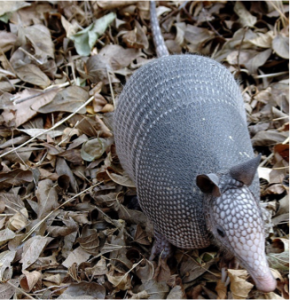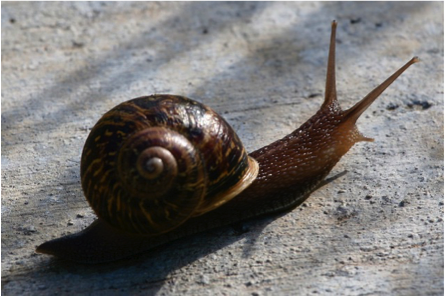Animals have a variety of methods for defending themselves agains predators. Defending is another word for protecting. Have you ever seen a knight with a shield? The knight uses the shield for protection. Just like a knight uses his hard shield for protection, animals use hard shells for protection. A shell acts just like a built-in shield. Come with me, Jungle Jim to discover more about animals that have shells.
Turtles
There are 327 different kinds of turtles that live throughout the world. They have shells that are attached to their bodies. The top shell is called the carapace and the bottom shell is called the plastron. A turtle can tuck his body into his shell when he senses danger. Some turtles even have a hinge that clamps the shell shut once his body is inside. There are nerves in turtle’s shell. That means they can feel when their shell is being touched, just like your fingers can feel when you are touching something.
Both turtles and tortoises have shells. Turtles are built for living in the water. They have webbed feet so they can swim very well. Tortoises live on land and eat mostly shrubs and plants.
Armadillos
 Armadillos are small land creatures that have hard plates that cover the tops of their body. These tough plates can help protect them from predators. One type of armadillo can roll up into a ball so that the plates cover its entire body!
Armadillos are small land creatures that have hard plates that cover the tops of their body. These tough plates can help protect them from predators. One type of armadillo can roll up into a ball so that the plates cover its entire body!
Armadillos are related to anteaters. They use a sticky tongue to capture and eat insects. There are several kinds of anteaters that live in South America and only one kind that lives in North America. Armadillos don’t like the cold, so you won’t see them in places that have cold winters.
Crabs
There are more than 4,500 different types of crabs! Most of these crabs live in shallow water. Some prefer freshwater, while many survive in salty, ocean water. Many crabs live in rocky pools or by coral reefs, but some live on land. These crabs usually live in sandy places near water. Crabs have a hard shell called an exoskeleton. This exoskeleton can keep crabs safe if other animals try to eat them. Crabs also have strong pinchers that can keep animals away and catch food for them to eat.
Crabs have ten legs and usually walk sideways! Can you walk like a crab?
Clams and Mussels
Clams and mussels are part of a group of animals that are called mollusks. Mollusks have shells that are homes for soft-bodied invertebrates. Invertebrates means the animals inside these shells don’t have a spine.
Clams and mussels have the special ability to make their own shell. They can make a substance called calcium carbonate that hardens. This means their shell can grow as their bodies grow. Clams and mussels have shells with a top and bottom that can open and close. These creatures live in oceans and fresh water all over the world and are often harvested for food.
Snail
 Snails also belong to the mollusk family, but they only have one shell and they live mostly on land. There are some types of snails that live in the sea called, sea snails. Sea snails breath through gills.
Snails also belong to the mollusk family, but they only have one shell and they live mostly on land. There are some types of snails that live in the sea called, sea snails. Sea snails breath through gills.
You are most likely to find a snail in your garden. These snails love to feast on green plants, fruits and vegetables. Their hard shell helps protect them from birds that love to eat these little creatures.
Try It at Home!
Shells are found on many different types of creatures, from the armadillo to the snail. They each use them in their own special way to protect themselves from danger. You can pretend to have a shell too! Find an empty box. If it is big enough, you can cut arm and leg holes and pretend to be a turtle. Or, put the box on your back and crawl on your belly like a snail. What does it feel like to have a built-in shield?
There are so many fun things to learn about animals! Click here to meet more of my friends and learn more fun animal facts.
Sources
“Armadillo” National Geographic
“What is a bivalve mollusk?” National Oceanic and Atmospheric Administration
